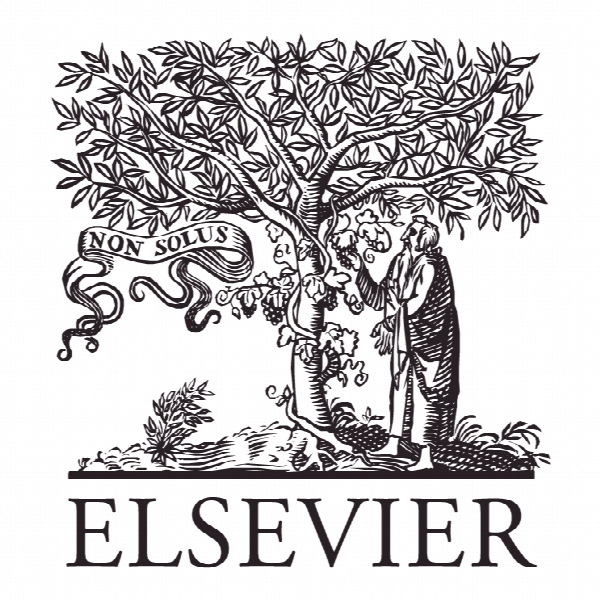رفتار سازه ای تیرهای بتن آرمه ترک خورده تحت بارگذاری پایدار Structural behavior of corroded reinforced concrete beams under sustained loading
- نوع فایل : کتاب
- زبان : انگلیسی
- ناشر : Elsevier
- چاپ و سال / کشور: 2018
توضیحات
رشته های مرتبط مهندسی عمران
گرایش های مرتبط سازه و مدیریت ساخت
مجله ساخت و ساز و مصالح ساختمانی – Construction and Building Materials
دانشگاه Tongji University – Ministry of Education – Shanghai – China
شناسه دیجیتال – doi https://doi.org/10.1016/j.conbuildmat.2018.04.145
منتشر شده در نشریه الزویر
کلمات کلیدی انگلیسی Corrosion, Cracking, Deflection, Reinforced concrete beam, Sustained load
گرایش های مرتبط سازه و مدیریت ساخت
مجله ساخت و ساز و مصالح ساختمانی – Construction and Building Materials
دانشگاه Tongji University – Ministry of Education – Shanghai – China
شناسه دیجیتال – doi https://doi.org/10.1016/j.conbuildmat.2018.04.145
منتشر شده در نشریه الزویر
کلمات کلیدی انگلیسی Corrosion, Cracking, Deflection, Reinforced concrete beam, Sustained load
Description
1. Introduction Reinforced concrete (RC) is one of the most widely used construction materials in the world. RC structures are usually regarded as permanent structures that can be free of severe degradation problems for a long period time owing to their good service performance. Although steel bars embedded in concrete are normally protected against corrosion during the service life of a structure, the concrete cover can deteriorate under the effects of some aggressive agents, leading to corrosion of the steel bars in concrete. For RC structures, corrosion of steel bars is one of the most important factors causing durability problems [1]. On the one hand, corrosion can lead to the cross-sectional loss of steel bars and degradation of their mechanical properties thereby reducing the bearing capacity of a structural member. On the other hand, steel bars corrosion can also degrade the bonding behavior between the concrete and steel, thereby inducing stiffness reduction, which can increase the deflection during the service life. Much research has been done on behavior of corroded RC beams. However, the most previous work has focused on the short-term behavior of corroded RC beams where the beam specimens were pre-corroded before loading to failure. Cabrera [2], Mangat et al. [3] and Torres-Acosta et al. [4] found that transverse crack width and crack spacing increased with the corrosion degree, but the quantity of cracks decreased. Actually, corrosion of steel bars normally takes place while a structure is subjected to a sustained load. The sustained load may lead to an accelerating effect on the corrosion process [5,6]. Furthermore, beam behavior under the combined effects of loading and corrosion is time-dependent. To predict the service life of corroded RC structures, it is important to clarify the time-dependent behavior of the corroded beam. Combined action of loading and corrosion was considered in the experiments by many researchers, and different current densities have been applied in the accelerated corrosion process. Experimental study by Ballim et al. [5] showed that the sustained load effect on the deflection of a RC beam could not be ignored during the corrosion process. The current density applied in the experiment carried out by Ballim et al. was 400 lA/cm2 , which could get an ideal corrosion degree in a short period of time. However, the common current density that governs the corrosion rate of actual inservice corroding concrete structures normally ranges between 0.1 and 100 lA/cm2 [7,8]. Additionally, the nominal current density applied in the accelerated corrosion testing should be less than 200 lA/cm2 [9]. The experiment carried out by El Maaddawy et al. [10] and Malumbela et al. [11,12] used a relatively low current density. EI Maaddawy et al. monitored the corrosion crack development and the deflection of the testing beams under the current density of approximately 150 lA/cm2 during the testing process; moreover, results showed that the sustained load significantly reduced the initiation time of corrosion-induced cracking and slightly increased the corrosion crack’s width. The results also indicated that the flexural crack induced by the sustained load could initially increase the corrosion rate of the steel bars. Malumbela et al. did a series of experiments on the beams under the current density of 189 lA/cm2 and recorded the deflection, corrosion crack width, crack pattern, and so on. The results also suggested that effects of the sustained load could not be ignored.


